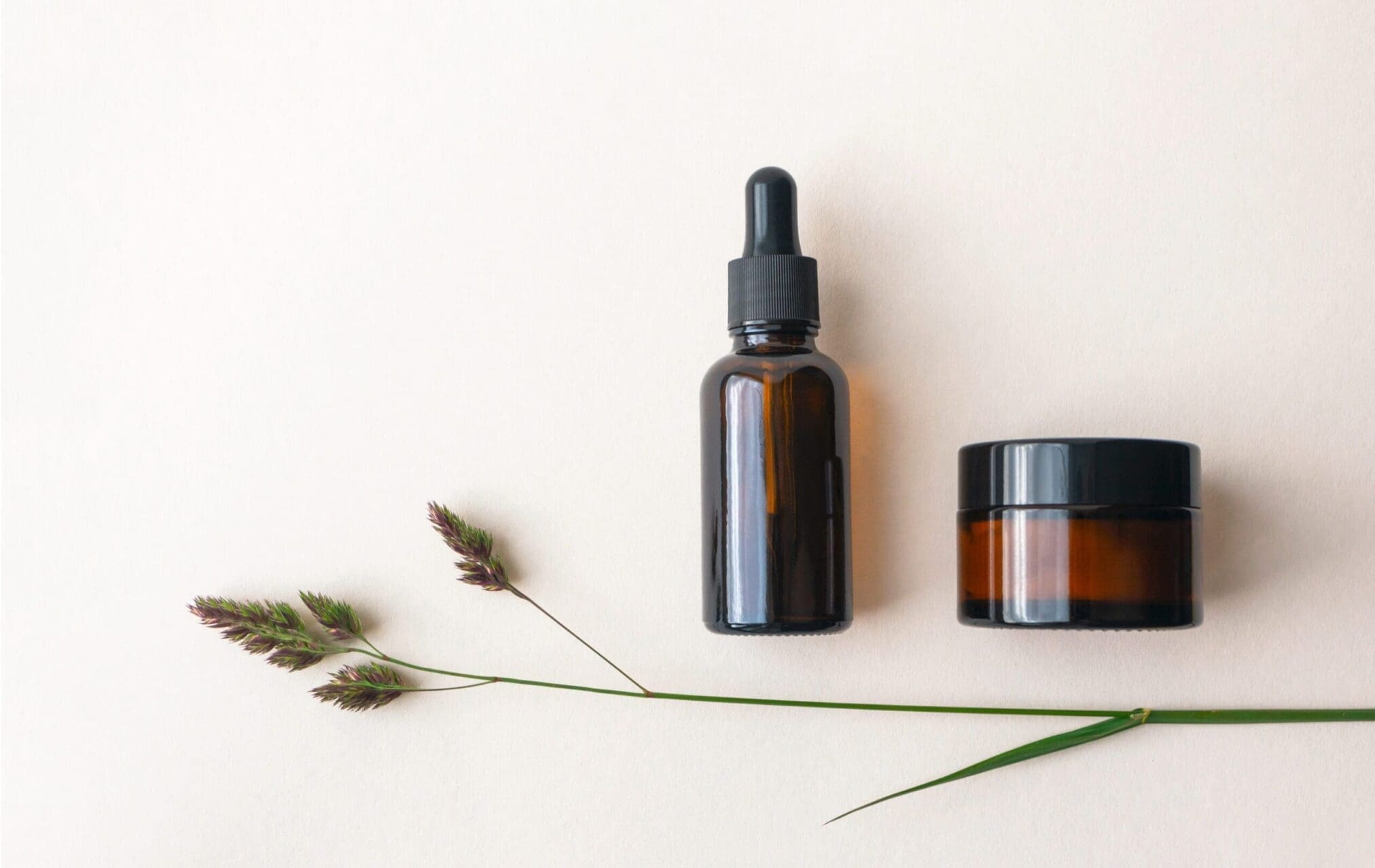Product testing is an extremely important, and sometimes time consuming, part of the compliance process for a cosmetic product. It is a process that helps to prove the safety and standards of a product, which in turn facilitates the smooth compiling of the Product Information File. Fortunately, Cosmetics Regulation EC 1223/2009 helps to define each required test and what is expected of each product before it can enter the European Market. In this blog, we will outline and briefly explain the three main types of testing a cosmetics product must undergo before being registered in the EU under regulation EC 1223/2009.
I. Stability Testing
The purpose of the Stability Test is to ensure that the cosmetic product maintains its intended physical, chemical and microbiological quality, as well as functionality and aesthetics when stored under appropriate conditions. Though no enforceable uniform testing procedure exists under regulation EC 1223/2009 due to the varying nature of cosmetic product make-up, a few general considerations are to be taken into account with each individual cosmetic product. These are:
- Identifying conditions that might “accelerate or predict” the effects of stress on the consistency of the product. This can include the effects of varying temperatures on the product’s integrity
- Evaluating the product’s aesthetic properties (such as colour, fragrance or texture) under varying conditions
- Accounting for variations in the manufacturing process that may have an effect on the product
- Accounting for the impact of the primary packaging on the formulation, as well as any effects the product might have on the packaging
Once testing of this kind has been conducted, a conclusion report on stability is to be compiled. Contained within the report should be: identification of the lab conducting the testing, identification of the product, samples of primary packaging material used in the test, description of the methodology used to determine the product’s minimum durability, study conditions, results of the study, and the signature of the person responsible for the study.
II. Compatibility Testing
Much like stability testing, there are no standard protocols for the Compatibility Testing of the cosmetic product with its respective packaging. However, appropriate assessments may be made based on the knowledge of the product’s formulation, the primary packaging materials, and experienced expert judgement.
Several types of tests can be carried out using control samples of the formulation and relevant packaging, the methodologies of which can vary depending on the packaging materials. Factors tested in this stage include corrosive effects between the formulation and the packing material, alterations to the functionality of the formulation as a result of the packaging materials, or alterations to the consistency of the formulation (colour, odour, appearance, etc.) as a result of contact with the packaging materials.
Similarly again to stability testing, a conclusion report must be provided once the compatibility testing process has been completed. It should include: identification of the lab conducting the testing and the product itself, packaging material used in the test, a description of the methodologies used, study conditions, study results, and the signature of the person responsible for the study.
III. Challenge Testing
Challenge Testing is mandatory for all cosmetic products for which a risk of microbial growth during normal conditions of storage or use is identified. Many finished cosmetic product formulations contain preservatives or other such elements to eliminate the risk of growths and contaminations during consumer use. The function of the challenge test is to ensure such precautions are both taken and effective, as a result ensuring both the shelf and usage life of the cosmetic product.
In the case of challenge testing, a conclusion report must once again be provided. Included in the report should be: identification of the lab conducting the testing as well as the product itself, samples of the packaging materials used in the test, a description of the methodologies used, study conditions and results, and the signature of the person responsible for the study.
For more information on the cosmetic product testing process, advice on introducing a cosmetic product to the European market, or any other questions you may have, contact Obelis’ team of EU Regulations experts today.


